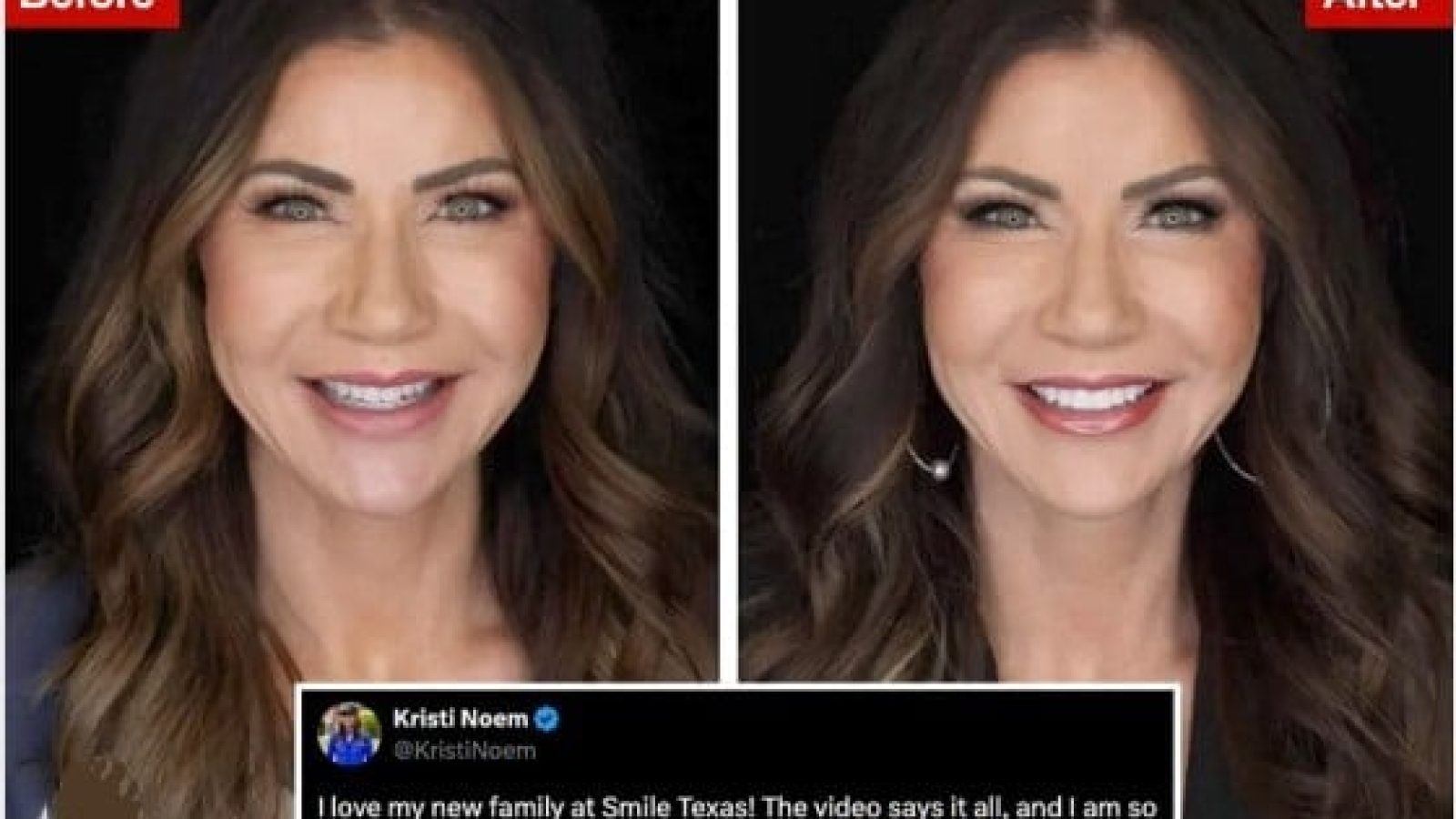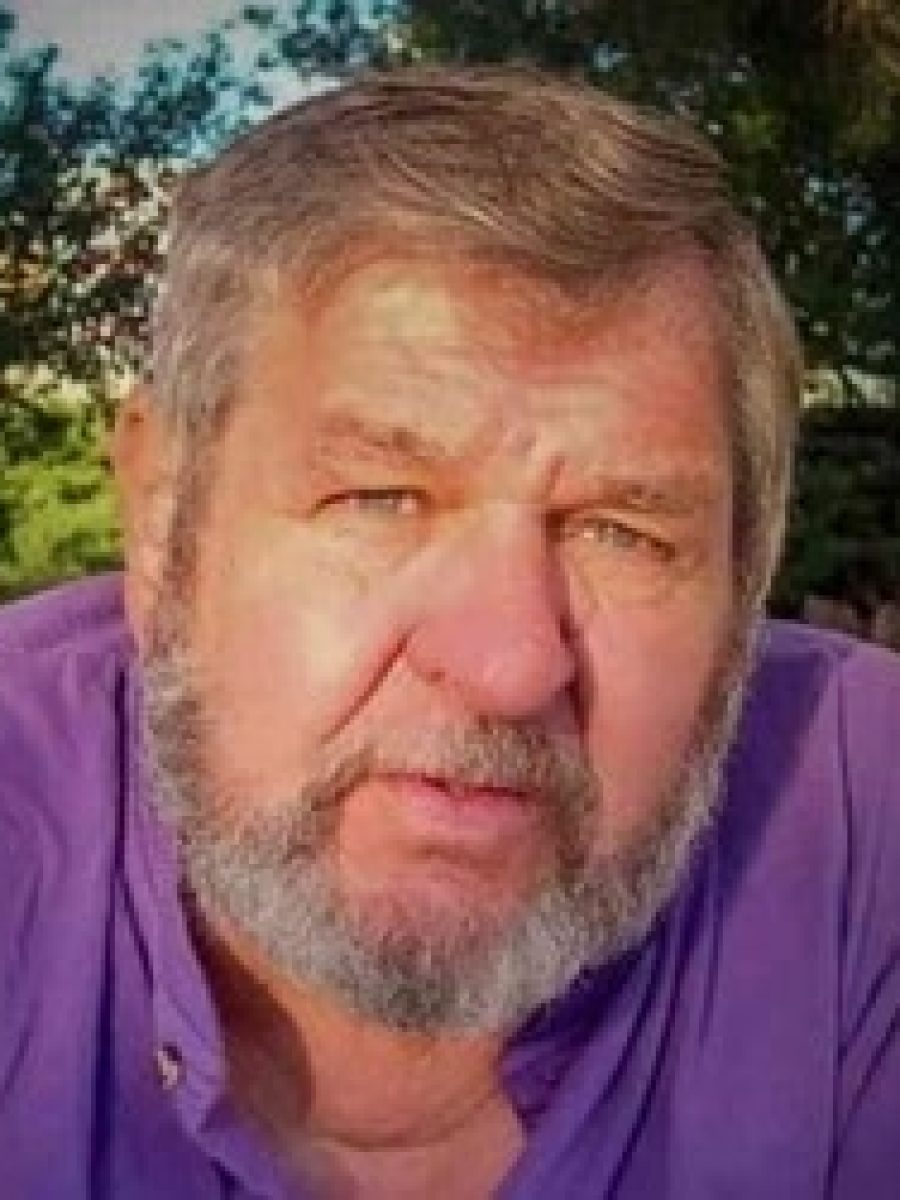RAPID CITY, SD – Anyone who attends church in South Dakota is probably already aware of a troubling trend afflicting religious organizations and churches across the state and nation: the slow but steady decline in church membership and attendance.
It may be fewer cars in the parking lot, fewer people in the pews or fewer volunteers at charitable outings. It might be a pastor or priest who serves more than one congregation or is in a temporary post as a fill-in. It could also be the closure of a local church or growing concerns that closure could be imminent.
Those are some of the outward signs of what religious leaders and experts say is a dramatic decline in religious affiliation and church attendance that began in the late 20th century, picked up pace during the COVID-19 pandemic, and remains a growing cause for concern in the post-pandemic era.
Membership in the Evangelical Lutheran Church in America, one of the largest churches in South Dakota, is down 40% over the past 30 years nationally and has fallen by almost 10% in South Dakota over roughly the past decade. Attendance at Lutheran churches in South Dakota is down about 14% since 2013, and the ELCA recently closed churches in Newell and Bradley, S.D.
Catholic and Methodist churches are also seeing declines.
In the Sioux Falls Catholic Diocese, which serves all of East River South Dakota, records indicate that church attendance in 2022 is down 26% compared with 2010 and that membership has also fallen.
The decrease in church affiliation and attendance follows other patterns that show Americans are turning away from organized religion and many of its tenets. Surveys show that among Americans, belief in God is lower than ever; that trust in religion is way down; and that fewer people believe the Bible to be the true word of God and instead see it as a book of only fables or legends.
Perhaps most worrisome for church leaders in America and South Dakota is that in recent surveys, the people who do not affiliate with any religion, the so-called “nones,” are the fastest-growing segment of the national population as indicated in surveys about religion, faith and beliefs.
Religious scholars and church leaders say the decline in church membership and attendance is being fueled by many factors, most of them cultural shifts within society at large. They include demographic changes that are reducing rural populations where churches are a cornerstone; greater political and cultural divisions within modern society that are driving people apart; generational changes that have made young people less willing to join groups; and self-inflicted wounds within organized religion in the form of sexual and financial crimes and scandals.
On a practical level, a decline in church membership and attendance reduces church revenues and availability of human capital, and can thus weaken a church’s ability to bring people together and perform charity work and other good deeds that help individuals and a community survive and thrive. It can also eliminate or reduce the effectiveness of a long-relied-upon way that people in cities large and small come together to get to know one another, to commune and form lasting personal relationships that strengthen communities.
On a spiritual level, some church leaders feel they are in a fight for the soul of the state, of the nation and of individual human beings.

Zach Kingery, a pastor at two United Methodist Churches in southeastern South Dakota, said it is impossible to overstate the important role churches play in communities and the lives of individuals.
“Every week we close the service and I tell people that they are sent out into the world to share the word of God and be the light of Christ, to be more like Christ, to reach out to others and to help people,” he said. “Peace, patience, joy, love, goodness, kindness, all the fruits of the spirit; those are meant to be shared with people.”
Richard Swanson, a religion professor at Augustana University in Sioux Falls, the reduced interest in religion and church attendance in America could have the long-term effect of making individuals and communities more callous to the pain and suffering of others and less willing to help.
“I get up believing that in the universe, it is expected that little kids would not go to bed hungry, or that other basic problems must be solved,” he said. “To me, losing a religious community would take away the place where I would learn social responsibility.”
Religious leaders in South Dakota are well aware of the declining interest in and engagement with churches across the state, and they are taking steps to reverse the trend.
On a national level, the Catholic Church just kicked off a three-year effort that will trickle down to the diocese and parish levels and include a detailed look at attendance and membership trends while also seeking local solutions to increase church membership that can be duplicated across the country.
Church leaders in various denominations across the state are acknowledging they must adapt to the cultural changes happening outside the church. While still sharing the scripture and promoting the virtues of Christianity, church leaders say they must be more welcoming and upbeat, listen more to the needs of individuals and communities, and foster an environment of encouragement and support.
“As the world keeps turning and changing around us, we expect the church to always be the same … well, nowhere in scripture does it say the church will be the same,” said Constanze Hagmaier, bishop of the ELCA South Dakota Synod of the Lutheran church. “If we can’t hear the voices that are out there and respond with faith, then we’re emptying the church on our own; we’re just helping them pack and go out the door because we refuse to open ourselves up to actually listen.”
Those kinds of changes, Swanson said, will be critical to the future of churches and organized religion. “Without soul searching and without honesty, the church has no future at all,” he said.
The number of Americans who self-report as having no religious affiliation nearly tripled in the past 20 years. The number of so-called “nones” rose from 8% in 2001 to 21% in 2021. Poll results also show a decline in belief in the Bible, God, angels, heaven and hell.
About 18% of South Dakotans described themselves as “nones,” or having no religious affiliation, more than double the percentage from a 2001 survey that showed only 8% of state residents reporting no religious affiliation.
One reason for the declines in organized religion is the influence of politics within individual congregations, said George Tsakiridis, a professor of religion at South Dakota State University.
From strong positions on abortion, sexuality or even the response of governments and individuals to the COVID pandemic, the more that political and cultural views permeate the church, the less likely some people will be to attend regularly, Tsakiridis said.
“You have political emphases within those denominations that then affect people in the pews. It allows people to say, ‘Hey, I don’t agree with this political stance the church is now taking, so therefore I don’t feel comfortable here anymore’,” he said.
Father Scott Traynor holds a new position within the Sioux Falls Catholic Diocese called the Vicar for Lay and Clergy Formation, which puts him at the center of new efforts to invigorate church membership and attendance in the diocese.
Traynor said the Catholic Church throughout its history did not need or desire to be too evangelistic in its approach to attracting new members.
When it comes to the sexual-abuse scandal and cover-ups that have rocked the worldwide Catholic Church, Traynor said the church has embarked on a major effort to enact safeguards that will prevent such abuse in the future.
“The church has become a very proactive and exemplary leader in creating safeguards for children and vulnerable adults,” Traynor said.
Some religions, the Catholic and Lutheran churches among them, are also seeing a decline in the number of new priests and pastors who can run churches, and the shortage is more acute in rural areas.












